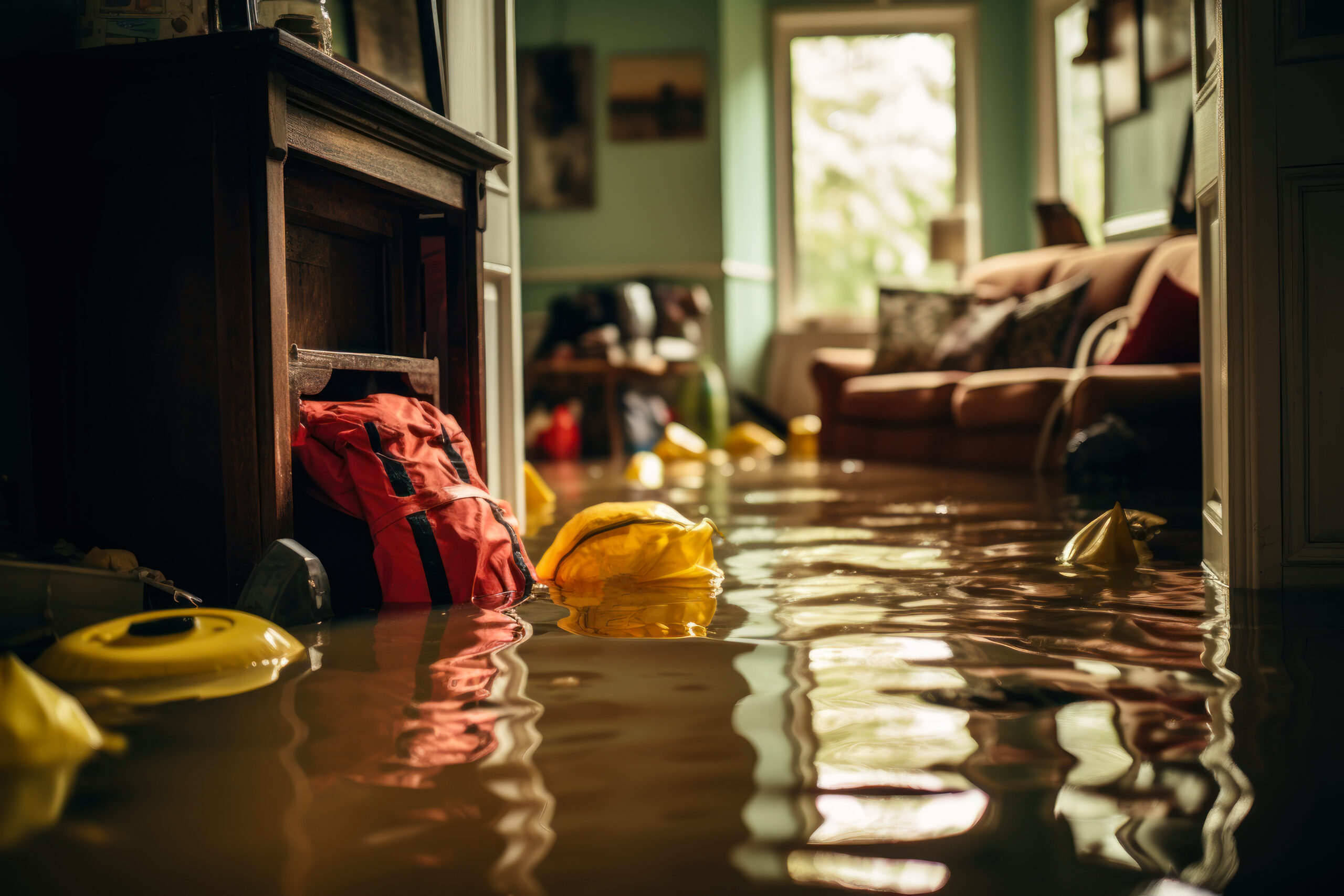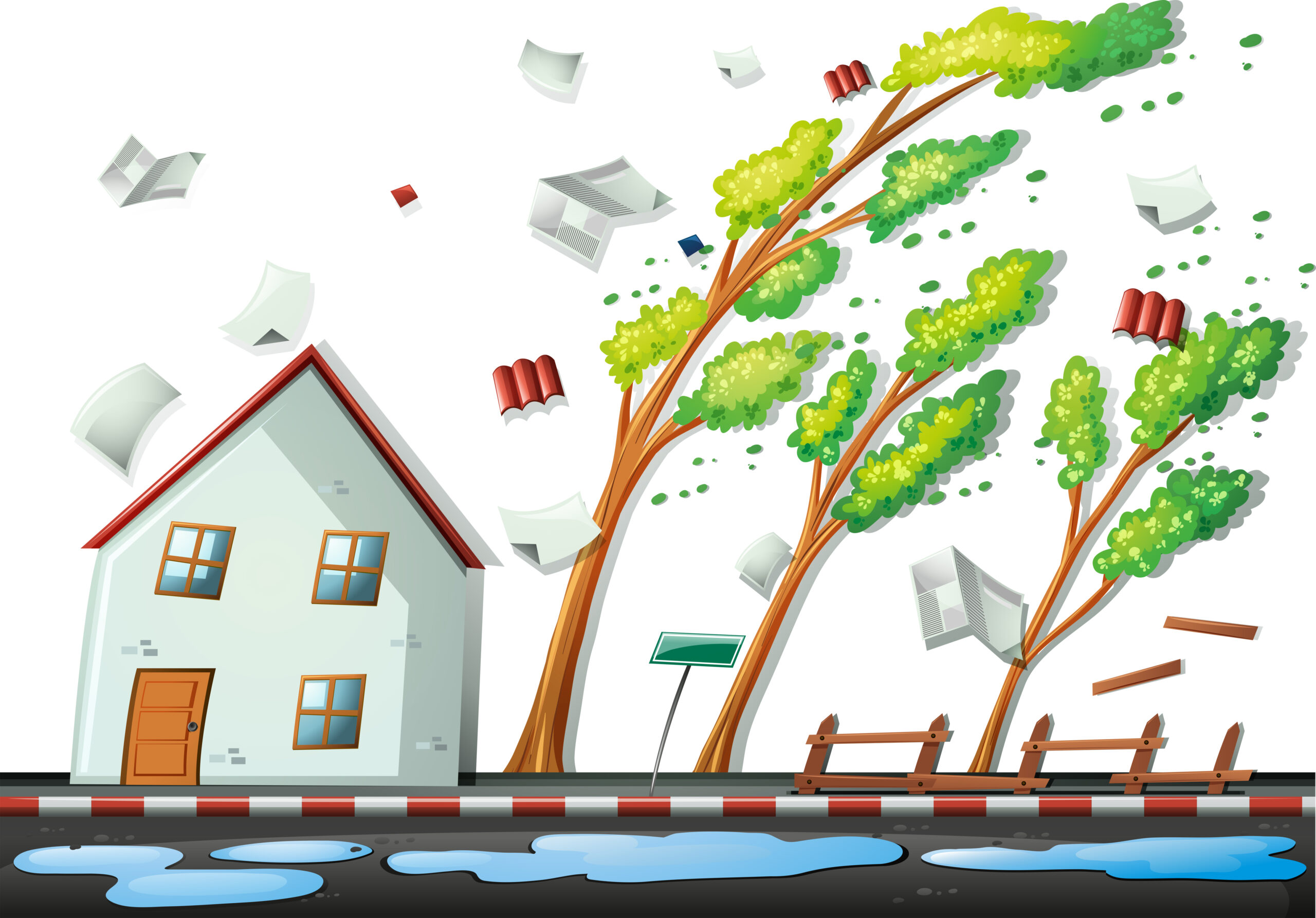Water Damage Prevention: What You Need to Know
Water damage is a serious and potentially destructive issue that can affect homes, buildings, and infrastructure. Whether caused by heavy rainfall, floods, plumbing leaks, or other water-related incidents, the consequences of water damage can be severe and costly. To mitigate these risks, effective waterproofing measures are crucial to protect structures and prevent long-term damage. Zavza Seal is a leading mold testing and remediation, water damage restoration, and waterproofing contractor with over 20 years experience in the area protecting homes and businesses and making them more resilient to water damage. Call us any time for expert help and free advice and keep your home safe and healthy the way it’s supposed to be!
Need Help with Your New York Property? Brooklyn, Queens, and Long Island Call Zavza Seal at (631) 980-1800 Now!
Water Damage Issues:

Water damage can manifest in many forms, from visible stains and discoloration to more severe structural issues, such as weakened foundations, rotting wood, and mold growth. The insidious nature of water damage lies in its ability to compromise the integrity of a building gradually. In many cases, the initial signs may go unnoticed until significant damage has occurred.
One common area where water damage occurs is in basements. Basements are particularly vulnerable to water infiltration due to their below-ground location and direct exposure to soil moisture. Waterproofing the basement is critical in preventing water damage and maintaining a dry, habitable space. This can involve the installation of a waterproof membrane on the exterior walls, proper grading to ensure water runoff, and using sump pumps to manage water accumulation.

Roof leaks are another prevalent source of water damage. Damaged or improperly installed roofing materials can cause water to seep into the structure, leading to rot, mold growth, and compromised insulation. Regular roof inspections and maintenance, coupled with high-quality roofing materials, are essential for preventing water damage from overhead.
Effective waterproofing strategies encompass proactive measures during construction and reactive solutions for existing structures. Waterproofing membranes, sealants, and proper drainage systems can create a robust defense against water intrusion during construction. For existing structures, periodic inspections and timely repairs are vital to addressing potential vulnerabilities before they escalate into significant issues.
Waterproofing:
To protect the structural integrity of buildings, waterproofing also plays a crucial role in safeguarding valuable possessions and maintaining a healthy indoor environment. Mold growth often accompanies water damage and can pose serious health risks. Waterproofing helps create a dry and mold-resistant living or working space by preventing water infiltration.
Advancements in building materials and technologies have led to the development of innovative waterproofing solutions. Liquid-applied membranes, elastomeric coatings, and modern sealants provide practical barriers against water penetration. These materials are often flexible, durable, and resistant to environmental factors, making them ideal for various applications.
Conclusion:
In conclusion, water damage poses a significant threat to buildings and infrastructure, and the importance of effective waterproofing cannot be overstated. Whether dealing with basements, roofs, or other vulnerable areas, implementing comprehensive waterproofing measures is essential for averting costly damage and ensuring the longevity of structures. As technology advances, the waterproofing field evolves, offering more sophisticated solutions to address the challenges posed by water infiltration. Regular maintenance, timely repairs, and the incorporation of modern waterproofing techniques are essential elements in the ongoing battle against water damage.
Protect your home with Brooklyn, Queens, and Long Island’s best mold inspection, mold removal, and waterproofing contractors today! Call on Zavza Seal now for friendly service and proven solutions backed by three decades worth of warranties!

